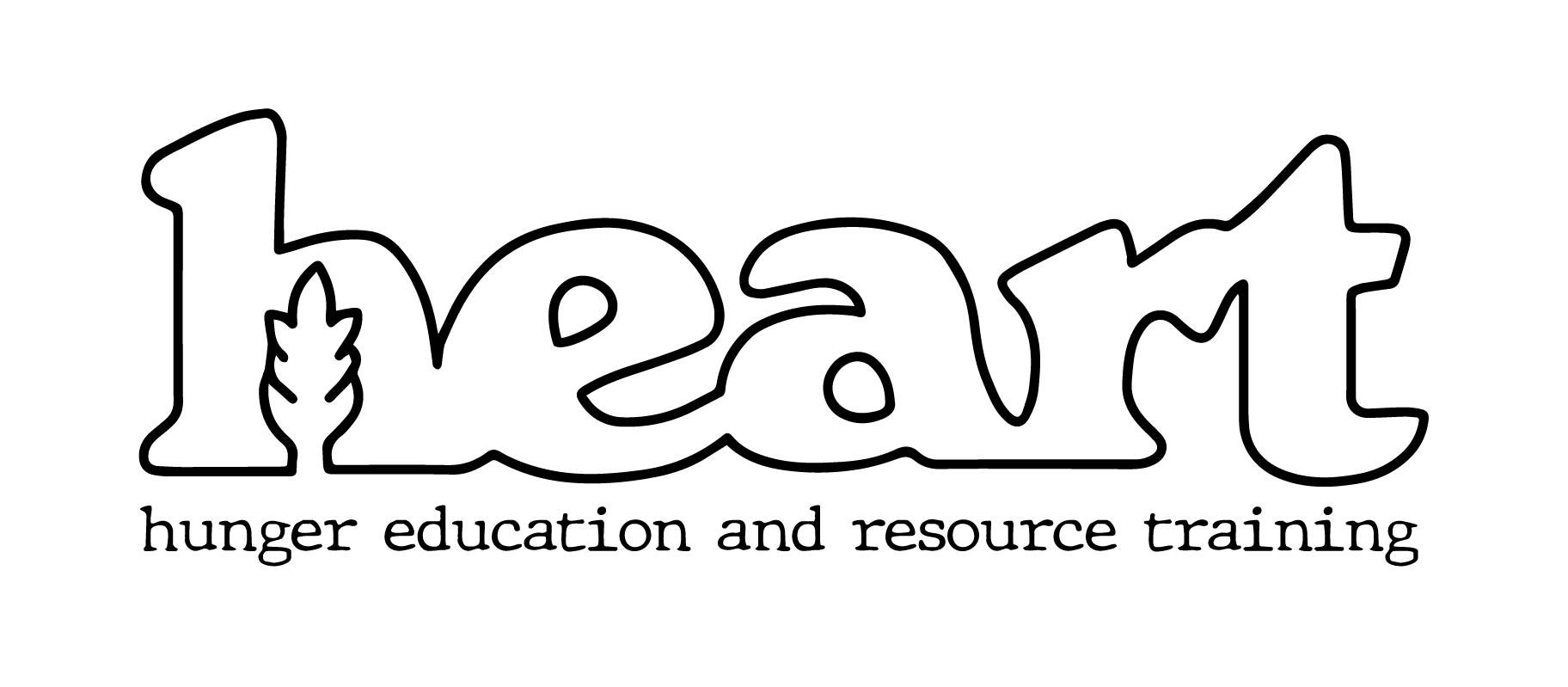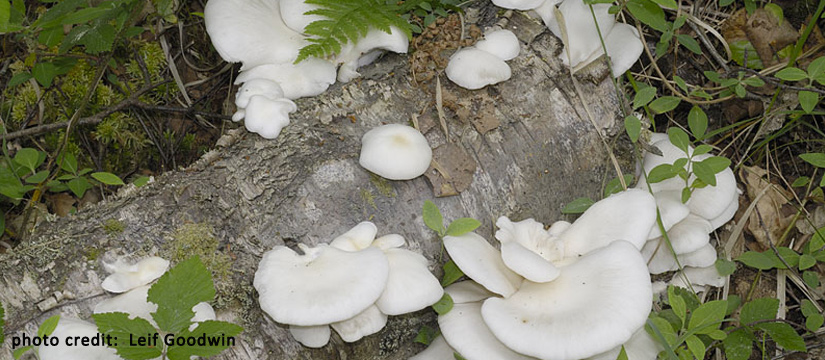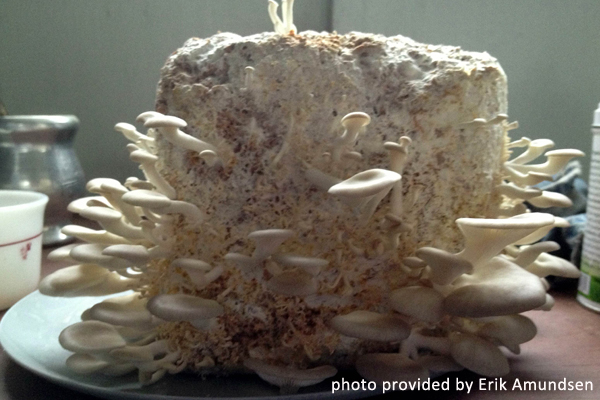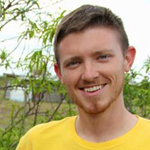Most of the mushroom cultivation that I read about was being done in a high-tech way in sterile labs with petri dishes and expensive pasteurization equipment. I was interested in growing mushrooms as a food source in developing countries where this type of production would be too expensive to be practical. I was confused how all off this was necessary when mushrooms could grow on their own in nature, which is anything but sterile. I decided to focus on learning about and experimenting with low-tech ways of mushroom propagation that could be done for little money using available resources in a village setting.
I chose an edible, fast growing type of mushroom that would grow well in warm climates, the Phoenix oyster mushroom (Pleurotus pulmonarius). This specific mushroom is very aggressive and grows well on a variety of materials or substrates. Instead of buying material to use as a substrate I looked around to see what would be readily available in the h.e.a.r.t. village. I wanted to take things that would have been waste products and use them to create something useful. I chose: used coffee grounds, banana leaves, junk mail and shredded paper, palmetto fronds, yerba mate, old books, straw, bamboo, pine cones, oak branches as well as mixtures of multiple substrates.
I experimented with different methods of pasteurizing the substrates. All of the methods were low cost and low tech and then stored them in used plastic grocery bags. The experiments had many, many failures and a few successes. Learning from both the failures and successes I have been able to make small changes that have led to more positive results. One of the most interesting experiments was being able to grow oyster mushrooms on unpasteurized shredded paper in Walmart bags. Using things that most people throw away on a daily basis I was able to produce food and eventually turn the paper into rich compost for the garden.
For more on Erik’s experience with mushrooms, click here.
Erik is a garden enthusiast whose hobbies include cheese making, cooking, traveling and playing the mandolin. Erik and his wife, Kristina, completed the Spring 2013 term at h.e.a.r.t. and are preparing to serve as missionaries with the Covenant Church in Ecuador.



